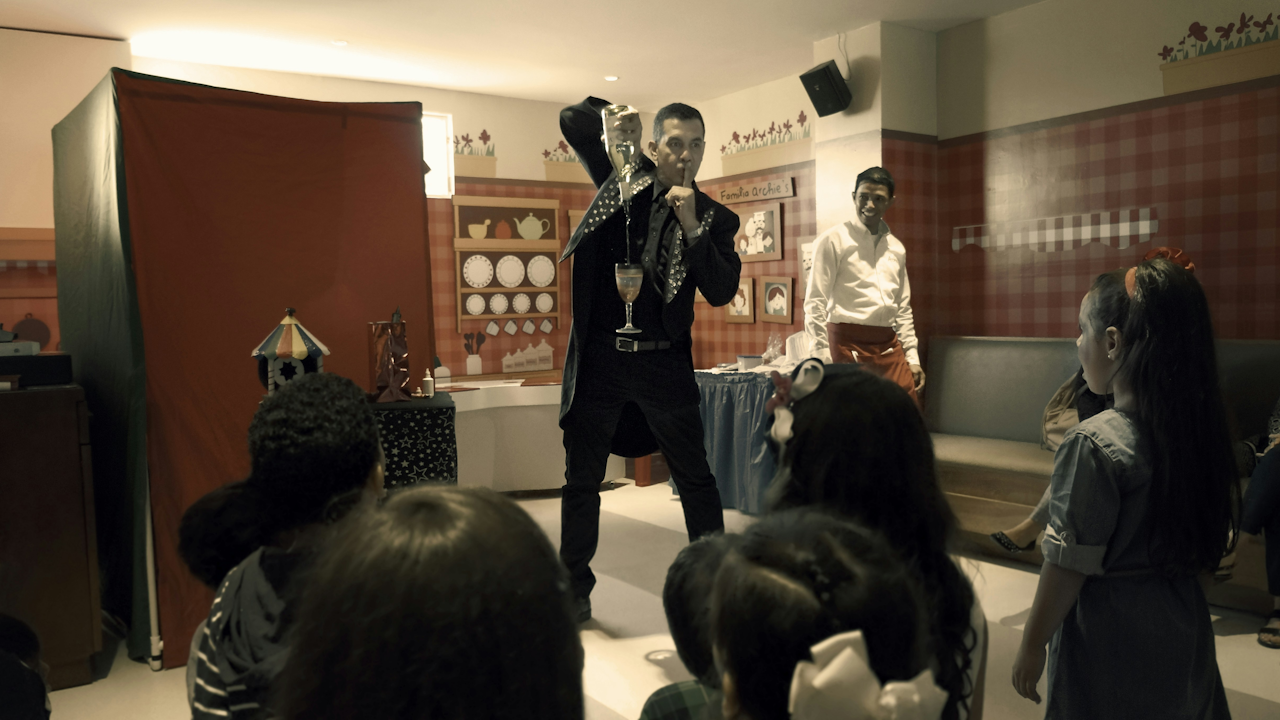Ah, the captivating dance of deception and wonder! For centuries, magic tricks have held a unique sway over the human psyche, eliciting gasps, laughter, and a profound sense of awe. But what is it about these carefully crafted illusions that so enthralls us? Delving into the psychology of magic reveals a fascinating interplay of our cognitive processes, our innate curiosity, and our deep-seated desire to be surprised.
At its core, a successful magic trick exploits the inherent limitations and biases of our perception and attention. Our brains, while remarkably efficient, rely on shortcuts and assumptions to process the overwhelming amount of sensory information we encounter daily. Magicians, masters of misdirection, artfully manipulate these cognitive tendencies. They guide our gaze towards a seemingly innocuous detail while the crucial action occurs elsewhere, a phenomenon known as attentional misdirection. This isn’t simply about looking one way while something happens the other; it’s a nuanced understanding of how our brains prioritize information and what captures our focus. A sudden movement, a bright flash, or even a compelling narrative can effectively draw our attention away from the subtle sleight of hand.
Furthermore, magic tricks often capitalize on our expectations and assumptions about the world. We build mental models of how things work based on our past experiences. When a magician seemingly defies these fundamental laws of physics or logic – making an object vanish, reappear, or transform – it creates a powerful cognitive dissonance. This clash between our expectations and the perceived reality is a key ingredient in the feeling of wonder. Our brains struggle to reconcile the impossible, leading to a sense of delightful bewilderment. We are momentarily suspended in a reality where the rules we understand no longer seem to apply.
The narrative structure of a magic trick also plays a significant role in its impact. Like a well-told story, a good illusion has a beginning, a middle, and a surprising climax. The magician often sets the stage, presenting seemingly ordinary objects and establishing a clear premise. The middle involves the deceptive actions, carefully concealed from the audience’s view. The reveal, the impossible outcome, provides the emotional payoff. This narrative arc engages us on multiple levels, drawing us into the unfolding mystery and heightening the impact of the final surprise.
Beyond the cognitive mechanisms at play, our enjoyment of magic tricks is deeply intertwined with our emotional needs. There’s an inherent pleasure in being surprised, a jolt of novelty that stimulates our brains and releases dopamine, a neurotransmitter associated with reward and pleasure. This feeling of surprise can range from a mild amusement to a profound sense of astonishment, depending on the effectiveness of the illusion.
Moreover, magic tricks tap into our innate curiosity and our desire to understand the unknown. Even as we are being deceived, a part of us actively tries to unravel the secret. This mental puzzle-solving can be intrinsically rewarding. We analyze the magician’s movements, their words, and the objects involved, searching for the logical explanation that seems to elude us. This intellectual engagement adds another layer to our enjoyment.
The social aspect of magic performances cannot be overlooked either. Sharing the experience of witnessing something seemingly impossible with others amplifies the emotional impact. The collective gasps, the shared laughter, and the animated discussions that often follow a magic show contribute to a sense of community and shared wonder. The magician, in this context, acts as a facilitator of this shared experience, creating moments of collective astonishment.
Interestingly, our awareness that we are being tricked does not diminish our enjoyment. In fact, it often enhances it. We willingly suspend our disbelief, entering into a playful contract with the magician. We know that what we are seeing is not real, yet we allow ourselves to be fooled, appreciating the skill, creativity, and artistry involved in the deception. This willing participation in the illusion highlights our capacity for imaginative engagement and our appreciation for cleverness.
In conclusion, the enduring appeal of magic tricks stems from a complex interplay of psychological factors. They exploit the intricacies of our perception and attention, challenge our assumptions about reality, engage our narrative processing abilities, satisfy our emotional need for surprise, and stimulate our innate curiosity. The shared experience and our willing participation in the illusion further enhance their captivating power. Magic, therefore, is more than just a series of clever deceptions; it’s a fascinating window into the workings of the human mind and our enduring capacity for wonder.

